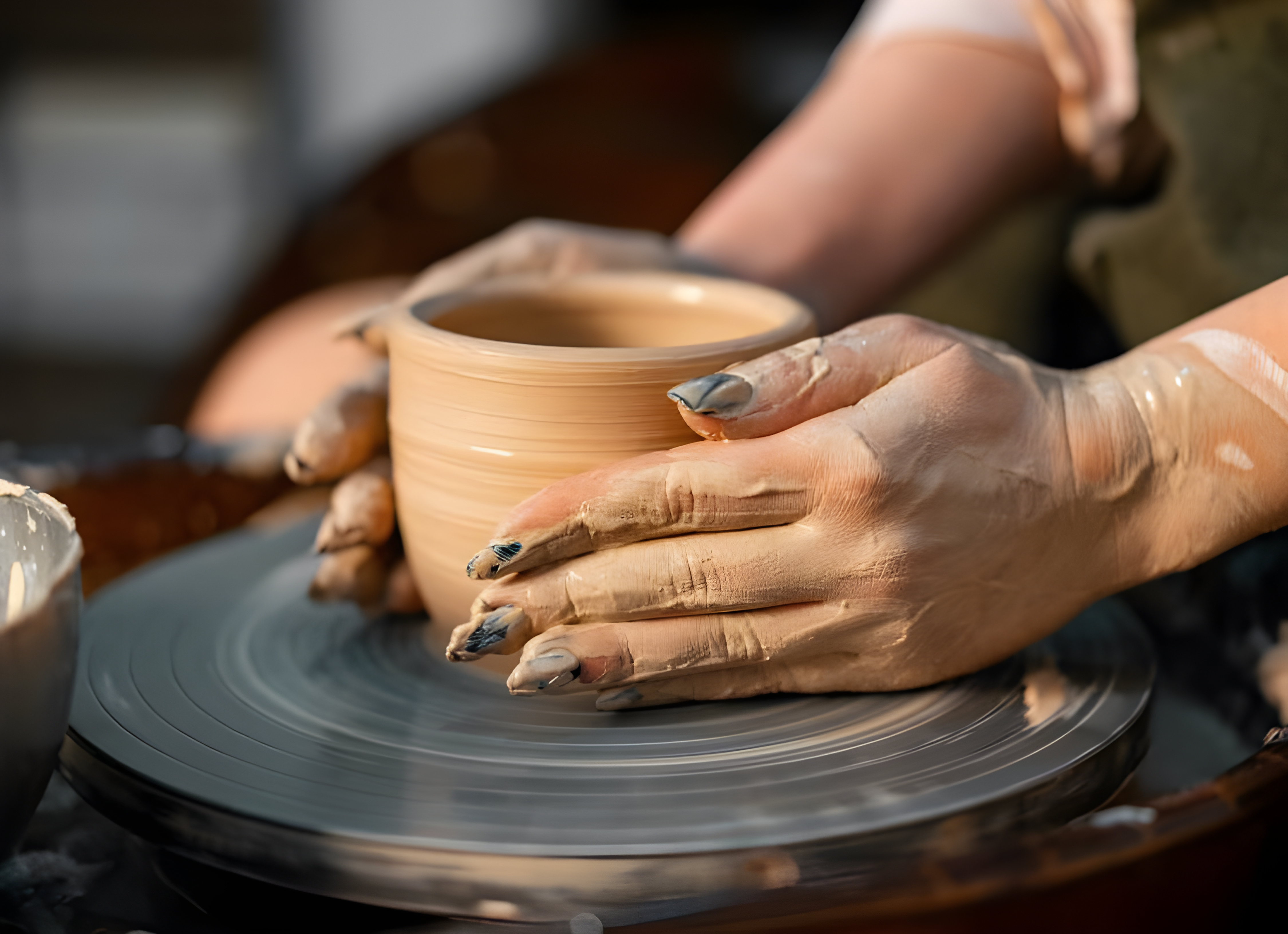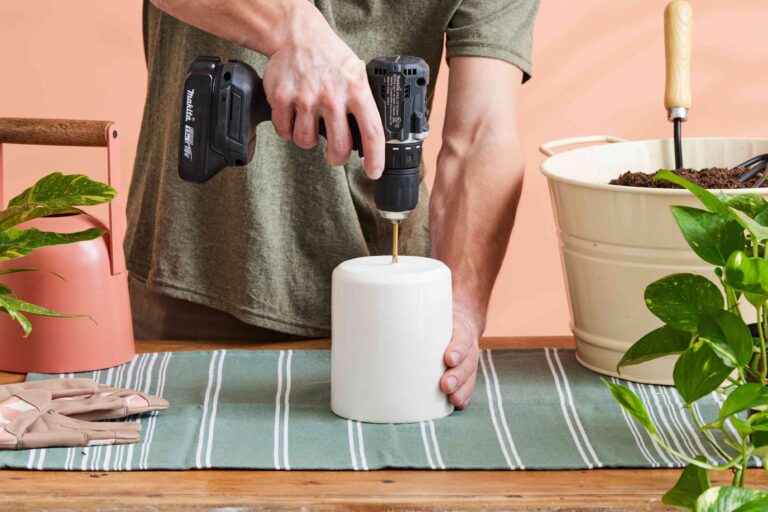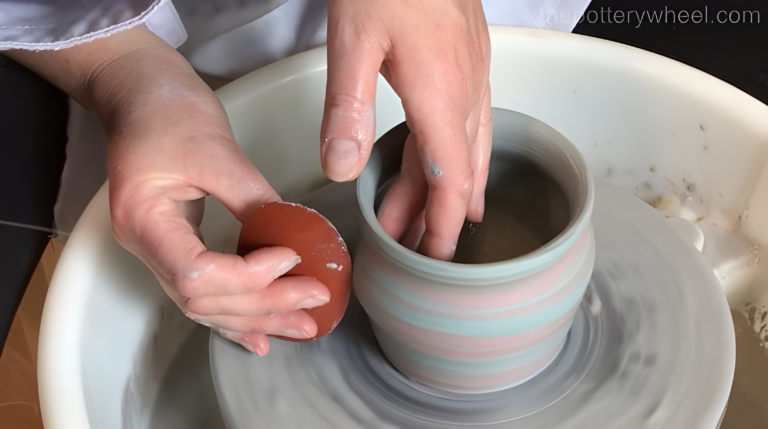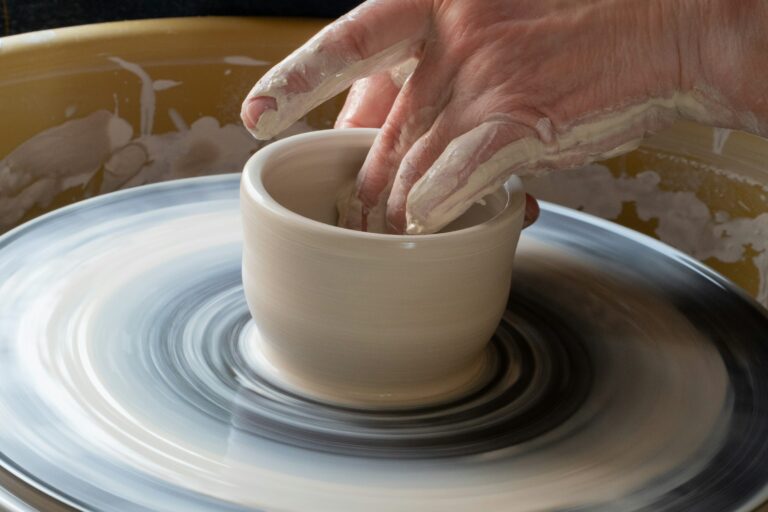Pottery and Nail Care: Tips to Prevent Damage
Pottery is an incredible craft, but it can be harsh on your hands and nails. Clay, by its very nature, is abrasive. Combined with constant exposure to water, this can lead to thinning, splitting, and even painful nail damage. If you’ve noticed your nails suffering from frequent pottery sessions, you’re not alone.
I’ve always had naturally weak nails, and working with clay made things even worse. At one point, my nails became so thin that they started splitting down to the nail bed—painful, to say the least! However, after years of trial and error, I’ve found several effective ways to protect my nails without sacrificing the joy of working with clay.
The Wear and Tear of Clay on Nails
Clay isn’t just messy—it actively wears down your nails. When throwing on a wheel, your fingers are constantly in contact with wet clay, which acts as a natural exfoliant. Even smooth clays contain fine particles that grind against your nails over time.
Water makes the situation worse. While keeping your hands wet is essential for throwing, prolonged exposure weakens the keratin in your nails, making them soft and prone to splitting. Small cracks or breaks can also become breeding grounds for bacteria, increasing the risk of infections.
Even if your nails are naturally strong, frequent pottery work can take a toll. It’s important to take preventative steps before the damage becomes serious.
Mindful Techniques to Reduce Nail Damage
Many potters unknowingly contribute to their own nail damage with their hand positioning. If your nails are wearing down unevenly, your throwing technique might be to blame.
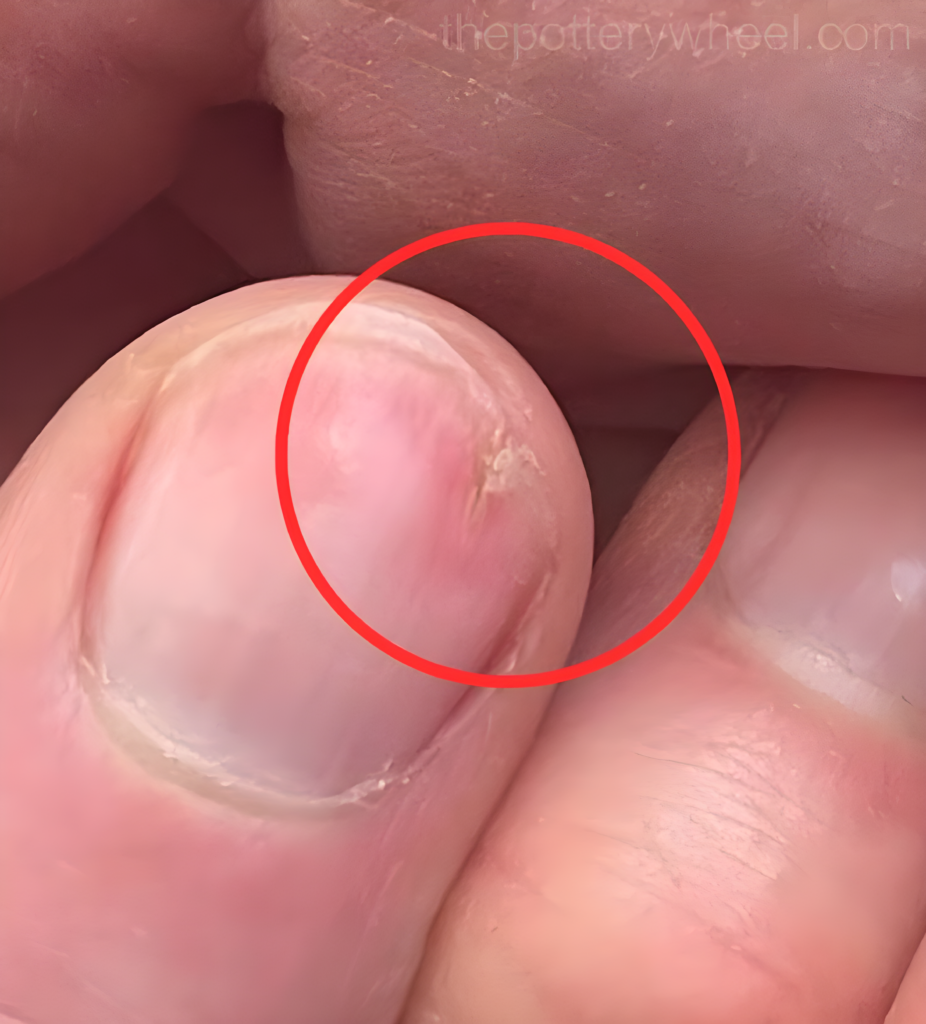
For example, I used to press the edge of my fingers against the wheel head when centering. This habit caused my index, ring, and little fingers to thin out rapidly. Once I realized the issue, I adjusted my grip, ensuring my nails weren’t in constant contact with the clay.
Being mindful of your technique doesn’t mean sacrificing precision—it simply involves small changes that can make a big difference. Try observing your hand placement and adjusting where necessary.
Protective Coverings for Nails
If adjusting your technique isn’t enough, physical barriers can help. After trying various methods, I found that DIY chamois leather finger covers worked best.
Here’s how I make them:
- Cut a strip of chamois leather twice the length of your fingertip.
- Fold it in half and sew along the sides to create a snug sleeve.
- Turn it inside out to keep the seams from marking the clay.
- Wet the cover before use so it molds comfortably to your finger.
These covers are soft, durable, and don’t interfere with shaping the clay. They act as a protective shield while still allowing for precise movements.
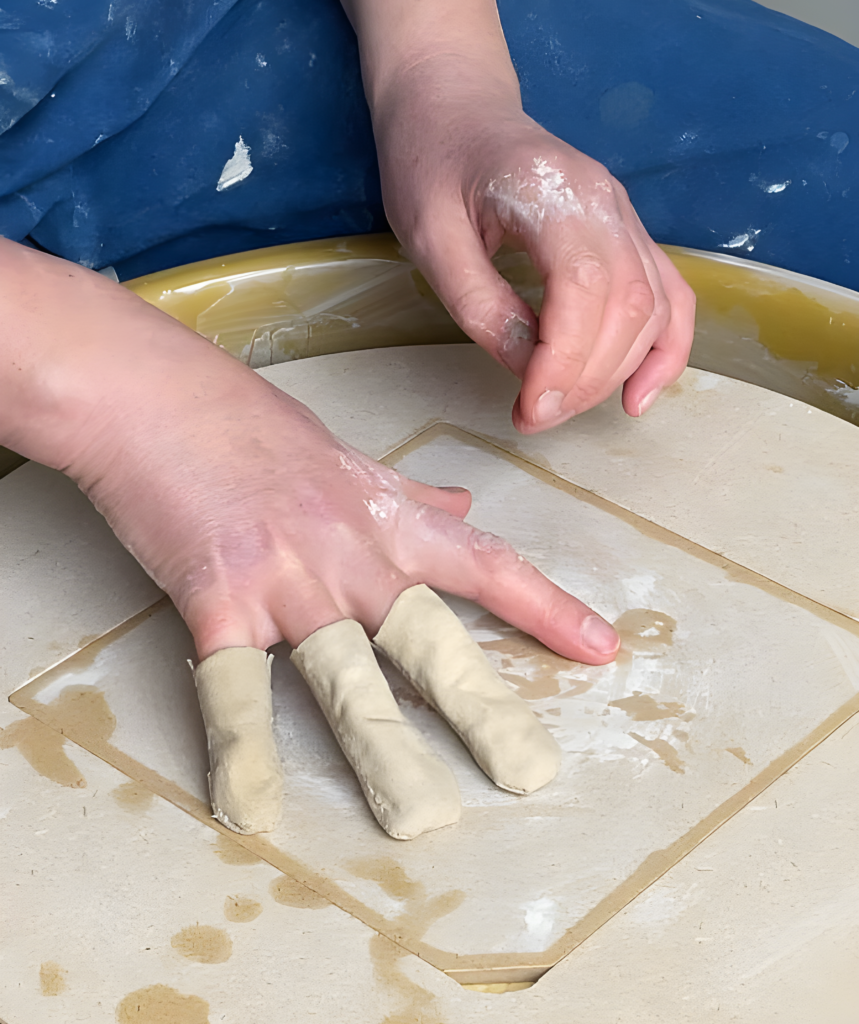
Rubber finger protectors are another option, but I found them too thick and slippery when wet. They often curled up or slid off while throwing, making them more of a hassle than a solution.
A simple alternative is using a sponge while pulling up walls. Holding a damp sponge between your fingers and the clay reduces friction and protects your nails without compromising control.
Strengthening and Nourishing Nails
Beyond technique and coverings, strengthening your nails is crucial. Applying a nail hardener daily can add an extra layer of protection. While it won’t make your nails indestructible, it helps slow down wear and tear.
Nutrition also plays a role. Biotin (Vitamin B7) is often recommended for nail health, along with calcium and collagen supplements. While I’m not a nutritionist, I’ve noticed a positive difference since incorporating them into my routine.
Healthy nails start from within. Hydration, balanced nutrition, and regular care can make a noticeable difference in nail strength.
Working with Long or Acrylic Nails
If you prefer longer nails or wear acrylics, pottery can be a challenge, but it’s not impossible. Many potters with long nails develop their own techniques to avoid gouging their work.
Some effective adjustments include:
- Using your knuckles instead of fingertips for shaping.
- Holding a sponge between your fingers and the clay.
- Keeping nails slightly rounded to prevent sharp edges from digging in.
Long nails do require more conscious hand positioning, but with practice, they won’t hold you back.
Protecting your nails while making pottery isn’t just about aesthetics—it's about comfort, health, and longevity in the craft. Whether through mindful techniques, physical barriers, or strengthening treatments, small changes can prevent painful damage.
If your nails have already suffered from pottery-related wear, don’t worry. With a bit of care, they can recover. In the meantime, experiment with different protective methods until you find what works best for you. After all, pottery is about enjoyment, and nothing should get in the way of that—not even broken nails.


